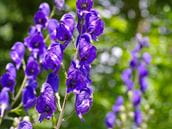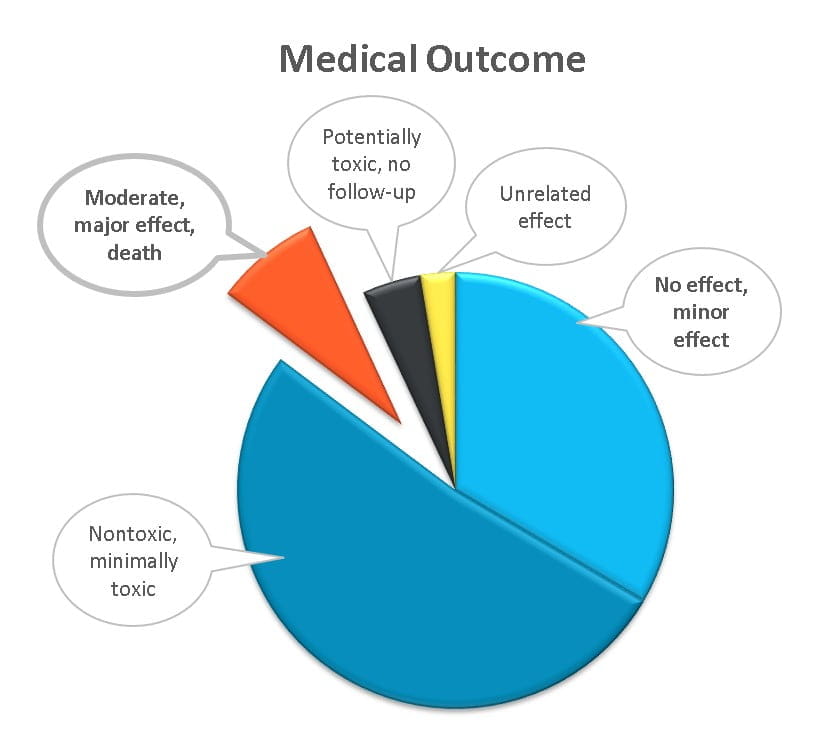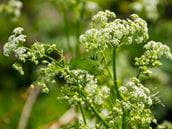
Aconitum napellus (Monkshood): A Purple Poison
Aconitum napellus flowers look beautiful, but swallowing any part of the plant could be deadly.
Displaying 41 - 50 of 199 results for "poisonous plant"
Aconitum napellus flowers look beautiful, but swallowing any part of the plant could be deadly.
The leaves of the holly (Ilex spp) are dark green and stiff with sharp spines. The root is large and grows straight down. The leaf spine can lacerate the mouth, throat, and skin. Holly contains poisonous substances that cause abdominal pain, vomiting and diarrhea and sometimes dehydration when ingested. Mild symptoms require no specific treatment other than remaining hydrated.
All parts of the Spanish broom plant (Spartium junceum) are considered toxic. It can cause symptoms ranging from abdominal pain, nausea, vomiting, and diarrhea to more serious effects like seizures and respiratory failure.
Poison hemlock is a deadly plant that looks dangerously similar to other edible plants. Modern day exposures are often the result of plant misidentification.
All parts of the daffodil are toxic. When swallowed, it can cause nausea, vomiting, diarrhea, and abdominal pain. Eating the bulb can cause severe irritation of the mouth and stomach upset. These symptoms are usually not life-threatening and resolve within a few hours.
Rhododendron is a genus of woody shrubs that includes over 1000 species. They usually have brightly colored flowers, making them popular residential landscaping plants. Azaleas are a subgenus of Rhododendron.
Check out our tips and articles for preventing poisonings during summer.
Euphorbia, also known as spurges, is a genus of over 2000 different flowering plants. These plants contain a milky white sap that can be very irritating to the skin, eyes, and mouth. If someone is exposed to spurge sap, it is important to decontaminate the exposed area.
Pokeberries are found in grape-like clusters on tall perennials with purple-red stems. Eating several berries can cause stomach pain, nausea, vomiting, and diarrhea. Adults have eaten the roots, mistaking them for medicinal plants. Serious symptoms have subsequently occurred, including bloody vomiting, bloody diarrhea, and low blood pressure.
In the woods or in the garden, nature can surprise the unprepared.
Don't guess what you should do. Get accurate Poison Control answers online or by phone. Both are free and confidential.
or CALL 1-800-222-1222
The Poison Post® is a free, quarterly
e-newsletter delivering poison prevention tips right to your inbox!
Learn the Poison Help jingle in English or Spanish. Use these jingles to teach the Poison Control number: 1-800-222-1222. Available for download.










